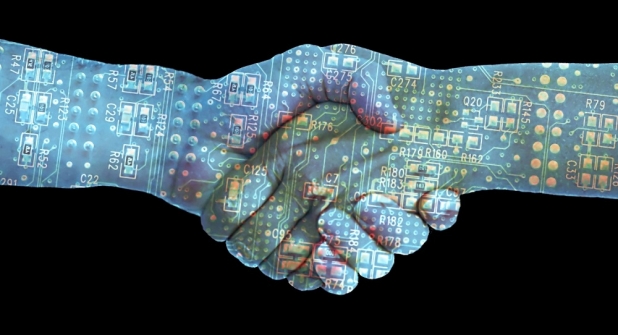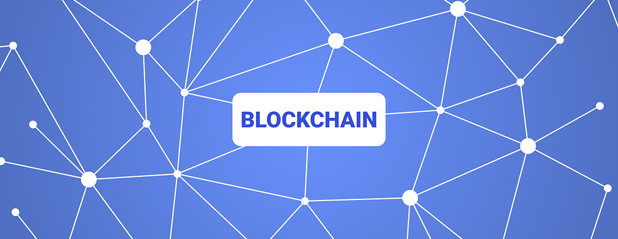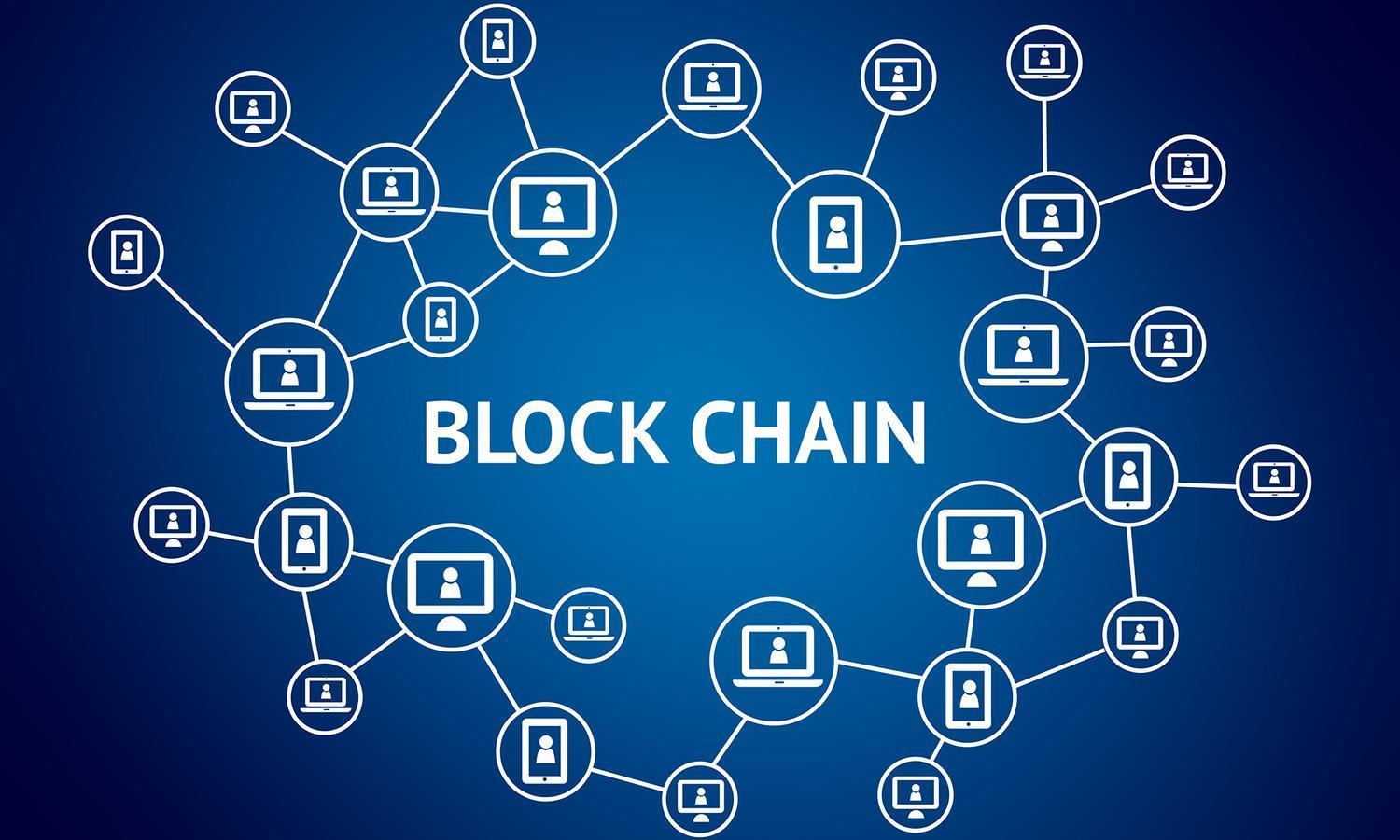What is Blockchain?

What is Blockchain? Cryptocurrency is on the rise, with Forbes reporting in August that Bitcoin has increased in value from $570, to over $4,300 – which is an incredible growth of 650% within the last year alone! However, whilst Bitcoin increases in popularity and value, do we really understand the technology behind it?
This technology is called Blockchain –the new ‘buzzword’ that has been described by Gavin Wood (co-founder of the cryptocurrency Ethereum) as a “technical solution to a social problem. The social problem is one of trust.”
So, what is Blockchain… and is it really the solution?
In simple terms, Blockchain exists as a shared database consisting of digitally recorded data. Staying true to its name, all data is logged in ‘blocks’ and then stored within an ever growing ‘chain’. Each block of data within the chain has a timestamp and is intrinsically linked to a previous block, verifying the data and ensuring it remains untampered with.
One of the most important things to note with Blockchain is that it is not controlled by any single entity, nor is the data stored centrally. This is because Blockchain is a distributed ledger - meaning the data is circulated across a whole network. This allows for full transparency - as everyone in the network has full access to the most up to date version of the data. The records are public and easily verifiable, so no one party can alter, delete, or even add any record in the Blockchain, without the consent from others within the network.
The first Blockchain was introduced in 2008, by Satoshi Nakamoto – an alias, whose real identity is yet to be revealed. Nakamoto implemented Blockchain as the key feature in Bitcoin, allowing it to be made the first digital currency to solve the double spending problem - without requiring a trusted, third party administrator. The underlying technology that operated bitcoin can be separated from the currency and used for all kinds of other inter-organisational cooperation.
So what does this mean? Well, it makes Blockchain almost impossible to be corrupt or hacked.
For a hacker to infiltrate a Blockchain ledger, they would have to be able override the entire network and have access to every copy of each ‘Block’ simultaneously – which would involve a colossal amount of computing power and is not really feasible.
Despite Blockchain still being in its very early stages of development – the potential it has could be huge across many sectors and industries.
It is in fact plausible that Blockchain can truly disrupt multiple industries and make the processes we know today, more democratic, secure, transparent, and efficient.
Almost every major financial institution in the world is doing Blockchain research at the moment, and 15% of banks are expected to be using Blockchain in 2017. The Blockchain revolution is just beginning…..
Find Blockchain jobs
Further Articles:



